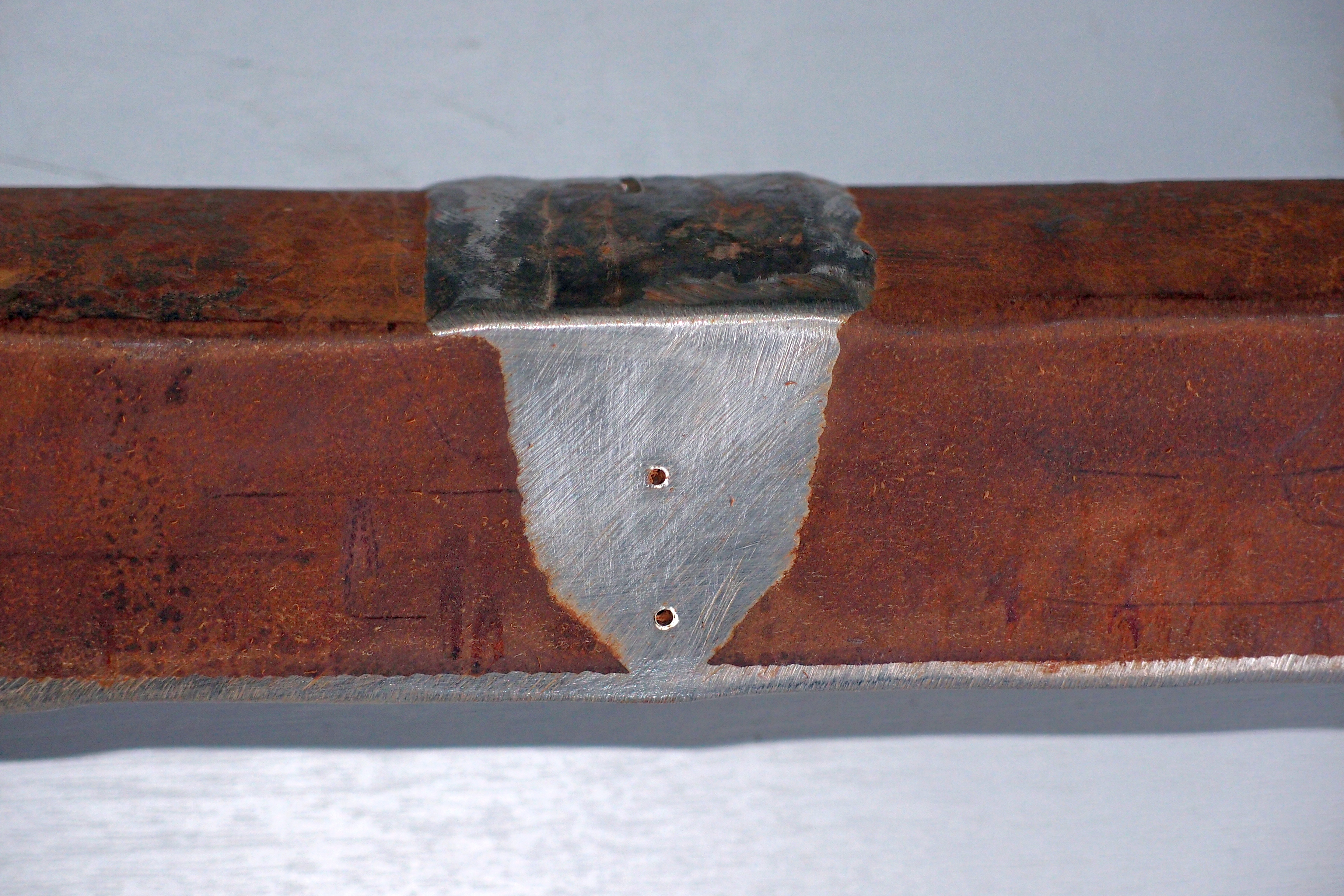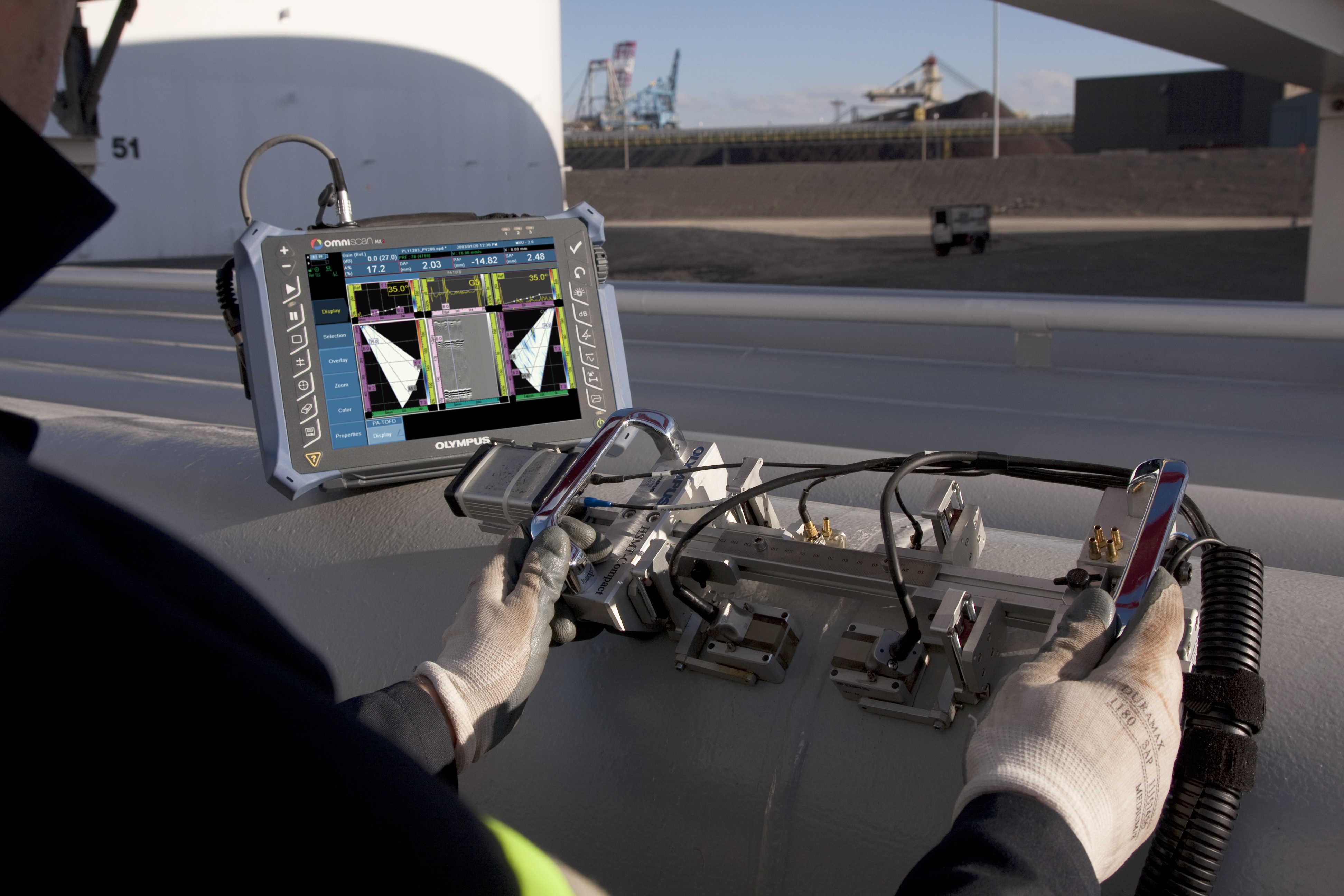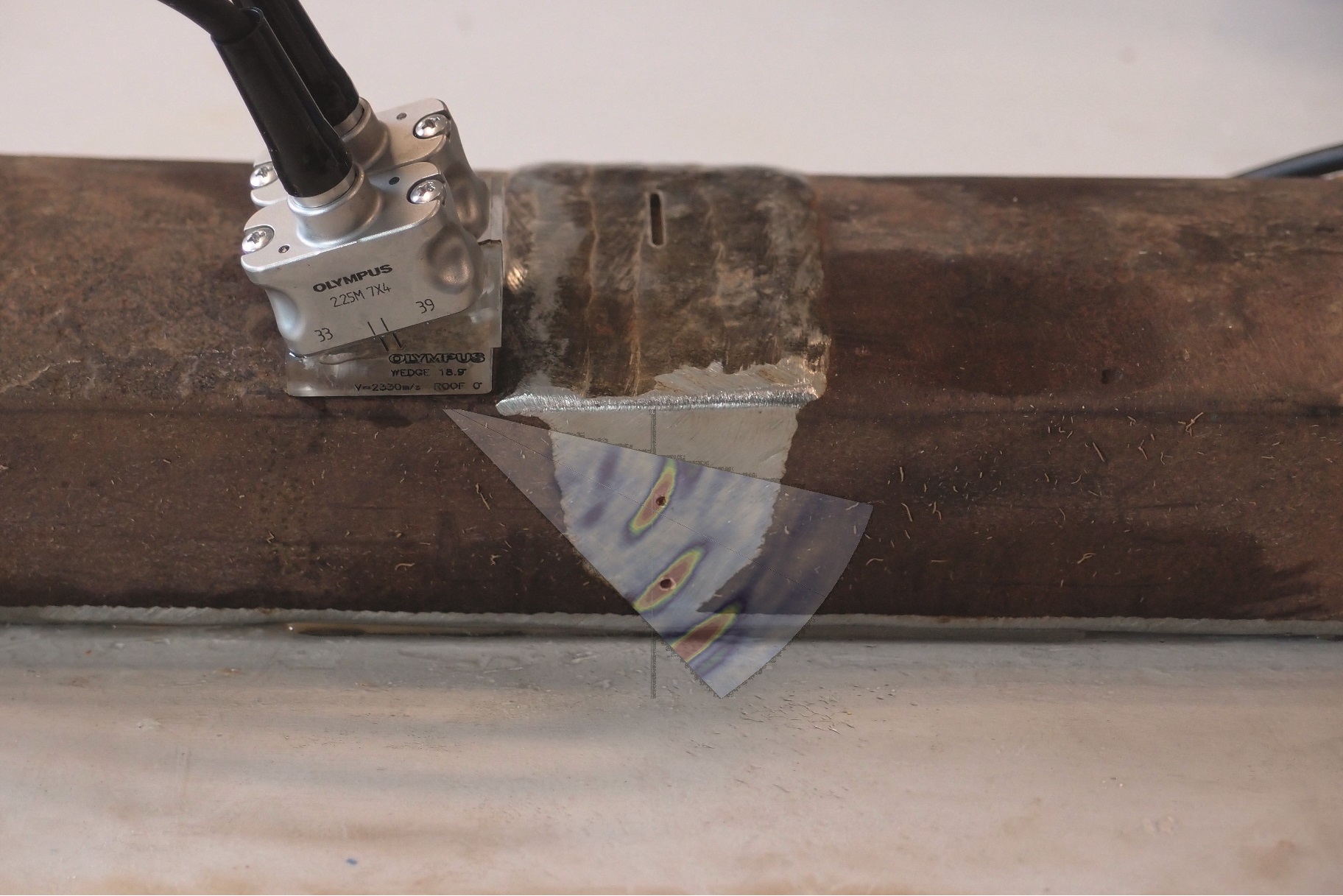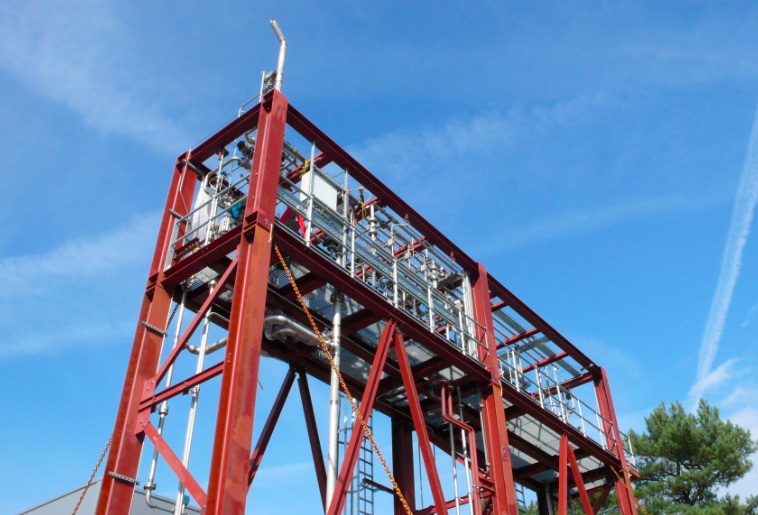Marcel Rexin reveals a product portfolio designed with the aim of preserving the natural underwater environment
Before the invention of echo sounding, many people imagined the ocean floor to be an even surface. Only later was it realised that in some places this ocean floor is just as mountainous as surfaces on land. Hidden beneath the waves are reefs, mountains, chasms, trenches and channels, posing a considerable danger to shipping. With his Secrets of the Sea TV series, which ran for 13 years, the marine explorer Jacques Cousteau brought closer to millions of viewers this dangerous, but also fascinating, underwater world. Today, fascination with the sea has not lost its appeal. With its Maritime Service, Parker Hannifin contributes aims to make shipping and offshore platform construction safer and protect the environment.
Dimensional control
Dimensional control encompasses the capture, processing and presentation of geographic and geometric information. This data later serves as the basis for the construction, prefabrication and joining of structures, plus their verification and inspection.
Subsea measurement, known as underwater metrology, is carried out with the help of photogrammetry. Aided by its custom-made camera solution, Parker creates photos and measurement diagrams with which the spatial position or three-dimensional form of an object can be determined.
Parker also performs verification of offshore vessel navigation instruments to ensure high precision at sea surface as well as seabed. All navigation instruments and sensors are surveyed into the vessel’s local coordinate system. The local coordinate systems are then transformed into a global coordinate system.
The specialists at Parker perform detailed seabed mapping using high resolution multi-beam echo sounders. The surveys provide seabed information for supporting underwater construction work such as wind mill sites, cable routes, pipeline routes, dredging and safe navigation. The company uses the Olex MBES system, a real-time system for the modelling and visualisation of the multi-beam echo sounder measurements. It is used for seabed surveys of harbours, river mounts and shorelines. The measurements are modelled into digital terrain models (DTM) that are used to produce topographical maps.
Maritime Service supplies the PMS position monitoring system, which improves safety during the loading of crude oil offshore. Connecting the flowmeter, if installed on the shuttle tanker, to the PMS enables full control of the oil flow between installation and shuttle tanker. Comparing flow received with flow information from the installation, with alarms, can avoid oil spill into the sea.
By integrating the Maritime Service unit into the organisation, the circle of Parker products and services for marine applications has been expanded.Thus the Parflange F37 flange system is used in the offshore sector for piping systems in a variety of vessels, such as suction dredgers and working vessels for the installation and supply of oil platforms. The flange programme is complemented by the high performance flanges (HPF) system – a mechanical flange system for the most stringent demands.
Total piping solution
Parker offers a solution for hydraulic systems with its complete piping solutions (CPS). From consultation on design and pre-manufacture through to delivery and installation, customers can decide whether they require a complete service package or just a part.
Modern CAD systems can process all current 3D and 2D data formats and simulate installation situations. Projects are worked out in accordance with requirements laid down by the customer or by work done in co-operation with the customer. These cases can be concerned with new installations or with modernisation programmes. The necessary recording of tube dimensions is carried out via a modern dimensioning system directly on site. It is possible to transfer this data to a CAD system. Data from the dimensioning system is later installed into the quality control system.
Once the data required for production is established, it is transferred to production machines. Tubes with dimensions Ø6 x 1mm up to Ø190 x 20mm (thin-walled Ø220 x 6mm) are manipulated on the bending machines available.
CNC-controlled machines are available. Tube-end machining is carried out based on internal standards. Tube cleaning complies with ISO Standard 4406/NAS 1638.
Prefabricated tubing line systems are delivered to the address specified by the customer. Their installation takes place in accordance with the parameters and operations laid down in the installation handbook and can be done either by Parker after notification or by the end customer.
For more information at www.engineerlive.com/iog
Marcel Rexin is with Parker Hannifin.

































